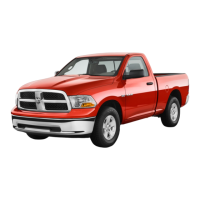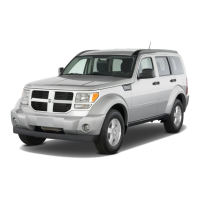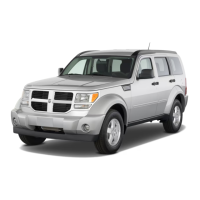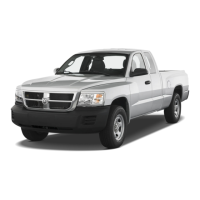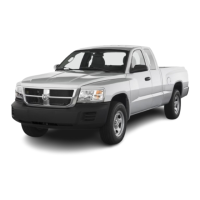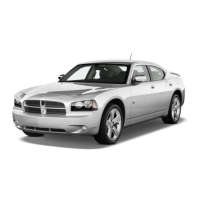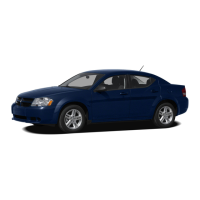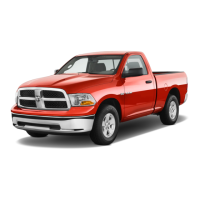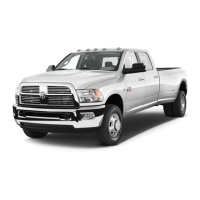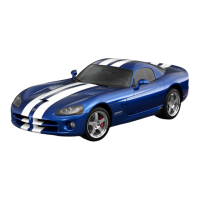
Do you have a question about the Dodge 2010 Viper and is the answer not in the manual?
| Brand | Dodge |
|---|---|
| Model | 2010 Viper |
| Category | Automobile |
| Language | English |
Essential safety information regarding vehicle operation and potential hazards.
Details on locating and understanding the unique VIN for your vehicle.
Important warnings about how modifications can affect vehicle safety and roadworthiness.
Explains the functionality of the RKE system for locking, unlocking, and trunk access.
Step-by-step instructions on how to unlock vehicle doors using the RKE transmitter.
Comprehensive overview of vehicle restraint systems, including seat belts and airbags.
Detailed operating instructions for using lap and shoulder seat belts safely and correctly.
Information on the vehicle's airbag system, its components, and safety considerations.
Guidelines and warnings for properly installing and using child safety seats and restraints.
Critical safety information regarding the dangers of carbon monoxide from exhaust fumes.
Instructions for operating the convertible top, including warnings and cautions.
Guidance on adjusting interior and exterior rearview mirrors for optimal visibility.
Information on manual seat adjustments for driver comfort and safety.
Overview of vehicle lighting systems, including headlights and interior lights.
How to operate the vehicle's headlight and parking light systems using the multifunction lever.
Instructions for using the windshield wiper and washer controls, including intermittent settings.
Explanation of the climate control system for managing cabin temperature and airflow.
Description of the climate control system and its components for passenger comfort.
Identifies and describes the various components and displays on the instrument panel.
Detailed explanation of the speedometer, odometer, and trip odometer functions.
Displays the vehicle's current speed in miles-per-hour and kilometers-per hour.
Explains the indicators and warnings displayed in the vehicle's message center.
Information on the ABS warning light, its function, and potential system issues.
Critical information regarding the airbag warning light and its implications for safety.
Explanation of the various gauges and indicator lights on the instrument panel.
Explains the engine coolant temperature gauge and related warning light.
Details the oil pressure warning light and actions to take if it illuminates.
Instructions on how to set the digital clock for the vehicle's audio system.
Overview of the satellite radio system and its activation process.
Step-by-step guide for properly starting the vehicle's engine.
Instructions for standard engine starting procedures under various conditions.
Information on operating the vehicle's manual transmission, including shifting.
Guidelines for optimal shift speeds for fuel economy and performance.
Safety advice and techniques for driving in conditions with reduced traction.
Precautions and warnings for driving through water, including depth and flow considerations.
Instructions on how to properly engage and disengage the parking brake for safety.
Overview of the vehicle's brake system, including performance and maintenance.
Explanation of the ABS functionality and its role in braking safety.
Essential information regarding tire safety, identification, and grading.
Importance of proper tire inflation for safe vehicle operation and tire longevity.
Guidelines for selecting the correct fuel type and octane rating for the vehicle.
Specific fuel requirements for the 8.4L engine, including octane rating.
Critical safety information about the dangers of carbon monoxide exposure from exhaust.
How to use the hazard warning flashers to signal an emergency or disabled vehicle.
Procedures and precautions to take if the vehicle's engine begins to overheat.
Information on the TIREFIT kit for temporary tire sealing and inflation.
Step-by-step instructions for using the TIREFIT kit to seal and inflate a tire.
Detailed guide on safely jump-starting the vehicle's battery using jumper cables.
Techniques and precautions for safely freeing a vehicle stuck in mud, sand, or snow.
Guidelines and precautions for towing a disabled vehicle.
Guidance on checking and maintaining the correct engine oil level and type.
How to check and maintain the correct engine oil level for optimal performance.
Guidance on inspecting and replacing the engine air cleaner filter for engine health.
Information on checking and maintaining the vehicle's cooling system and coolant.
Recommendations for inspecting and maintaining the vehicle's brake system components.
Importance of exhaust system maintenance for safety and emissions control.
Information on the vehicle's fuse system and its components.
Location and function of the primary fuse and relay center in the engine compartment.
Required maintenance for emissions systems to ensure proper function and compliance.
Overview of the two maintenance schedules based on driving conditions.
Maintenance recommendations for vehicles operated under severe driving conditions.
Standard maintenance recommendations for vehicles not operated under severe conditions.
Tips for preparing for service appointments and interacting with service advisors.
Guidance on seeking assistance from dealerships and the manufacturer's customer centers.
Information on the terms and provisions of Chrysler Group LLC vehicle warranties.
How to report potential safety defects to NHTSA and the manufacturer.
Contact information for reporting safety defects in the United States.
Information on how to order additional vehicle manuals and documentation.
Explanation of DOT tire grading categories including treadwear, traction, and temperature.
Explanation of tire traction grades (AA, A, B, C) and their meaning.
